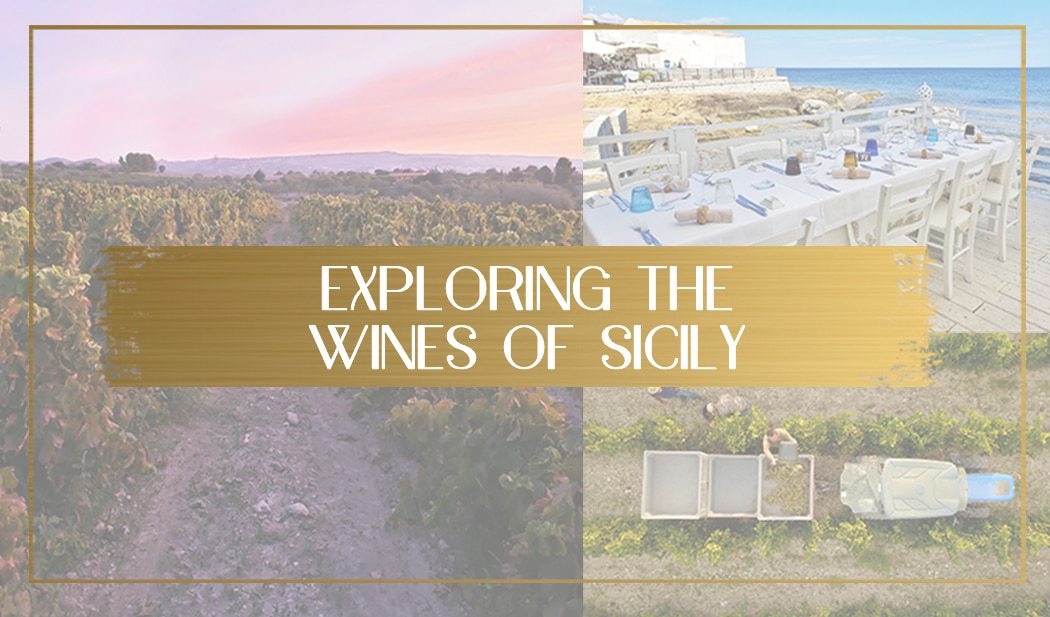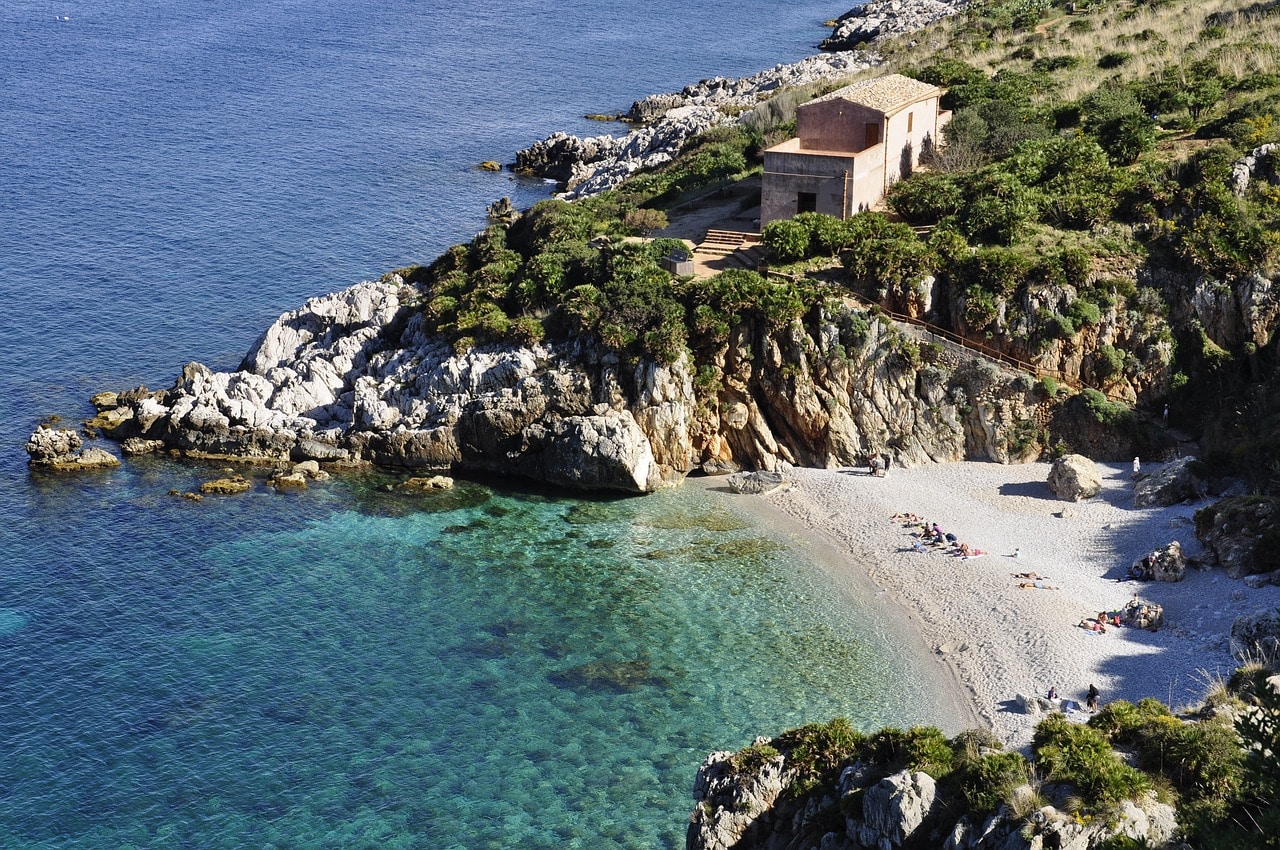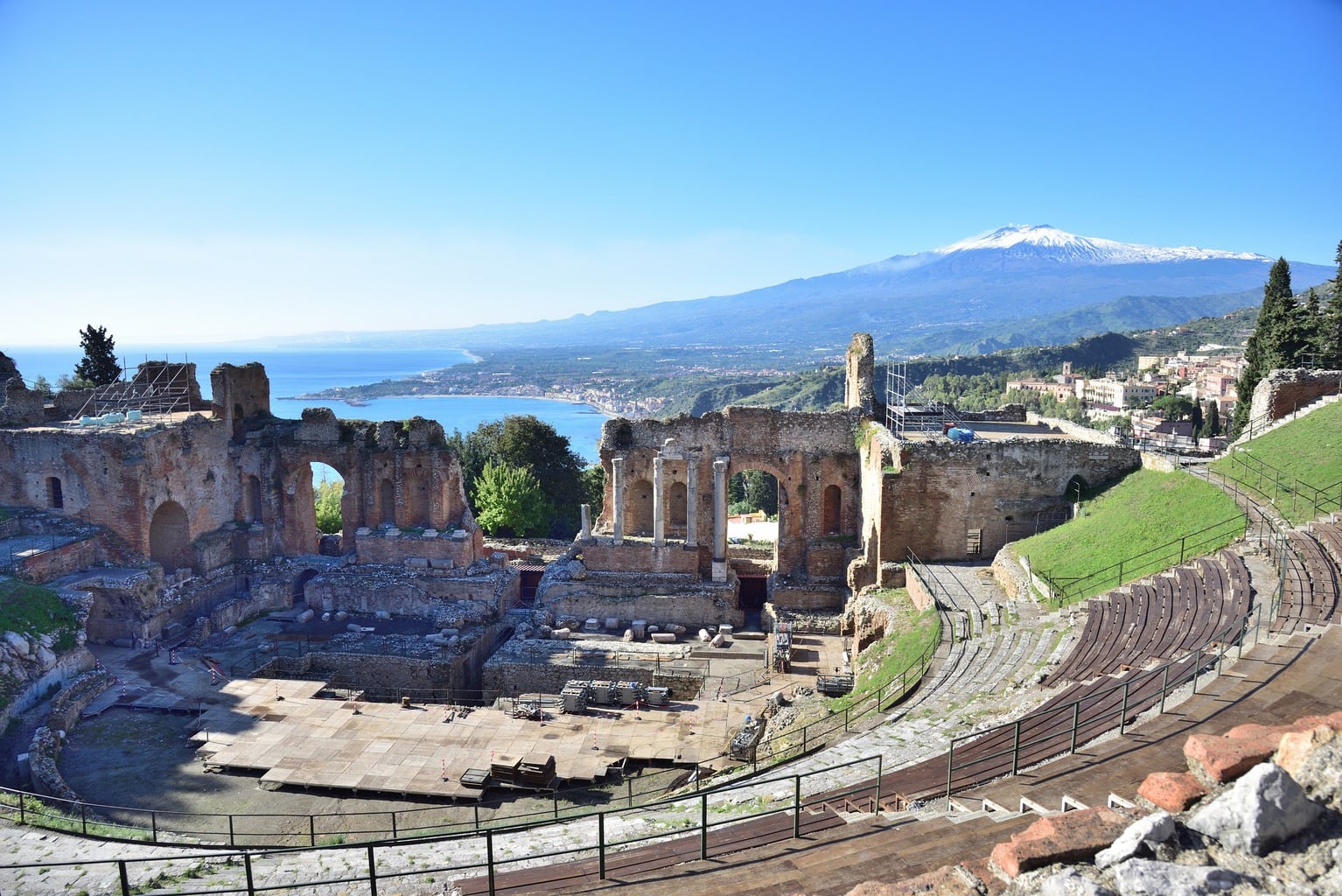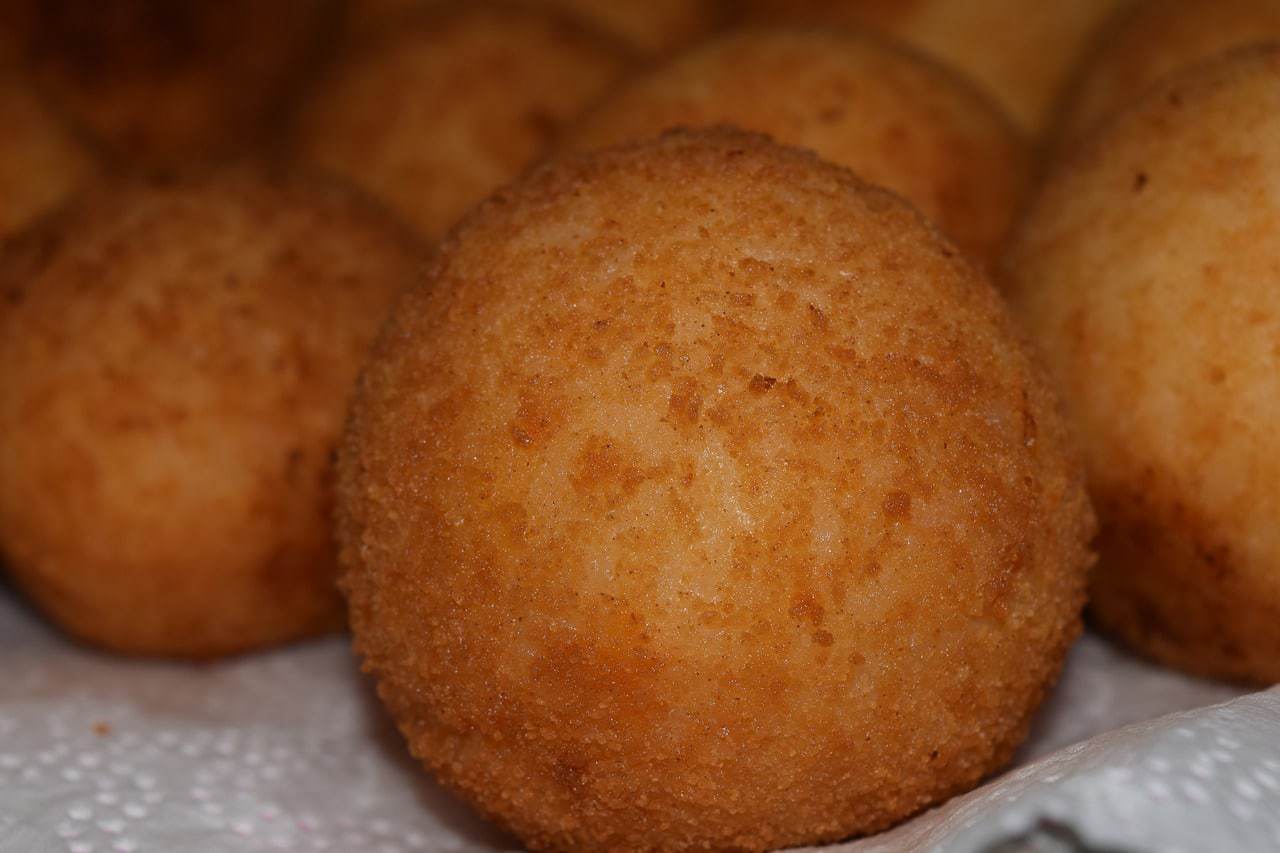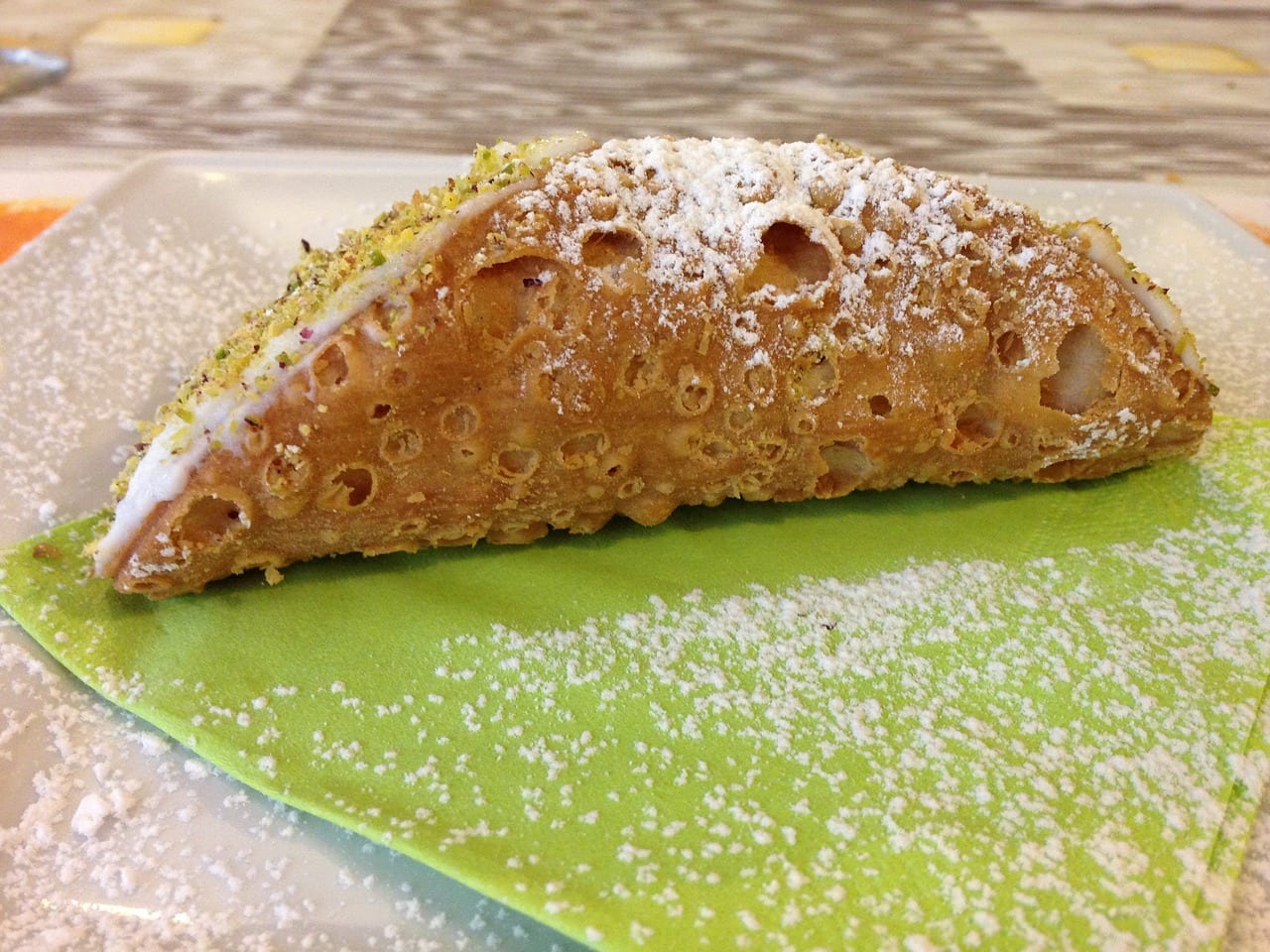This is a sponsored post written by me on behalf of Italian Trade Commission. All opinions are 100% mine.
When mentioning the largest Mediterranean island of Sicily, in Italy, many things come to mind.
For movie buffs, The Godfather is an idealized portrait of Sicily’s La Mafia and the mysterious workings of one of the most infamous crime organisations. For lovers of sailing and the sea, Sicily is synonymous with clear waters, postcard perfect beaches and long, warm summers, as a Sicilian friend of mine likes to remind me well into October every year.
But for wine lovers, Sicily may be one of the most interesting wine areas in Europe and its wines, some of the most exciting wines of Italy, complete with 7 IGP wine appellations, 23 DOCs and one DOCG, Cerasuolo di Vittoria which covers a dry red wine made from two local grape varieties, Nero d’Avola and Frappato.
The history of wine in Sicily
Wine arrived in Italy in the 8th century BC by the hands of the Ancient Greeks who saw the potential for grape growing in the region and named the country Oenotria, “The Land of wine”.
The country’s fertile land, its soil and its temperate weather conditions were key elements in the wine’s success and expansion, which flourished during the Greek and Roman Empires. From the main peninsula, grapes arrived in Sicily through maritime trade.
The island’s location in the main trading routes in the Mediterranean Sea were conducive to trade and exchange with the Greeks, the Romans, the Phoenicians, the Spanish and even the Arabs, who came from both northern Africa as well as the Middle East. As a result, Sicily is a melting pot of influences reflected in both the island’s heritage as well as its food and wines.
Historically, Italy’s largest island mass-produced cheap wines but, like with other parts of Italy, the 90s saw a renaissance and the region started to move from lower quality, high-yield grapes into the higher-quality autochthonous grape varieties.
As a lesser-developed wine region in Italy, Sicily is still not as widely known, despite the island attracting thousands of tourists every year, flocking to the beaches and the many UNESCO-listed heritage sites. Getting closer to this fascinating island has given me many reasons to plan a wine-focused trip.
Grapes used to make wine in Sicily
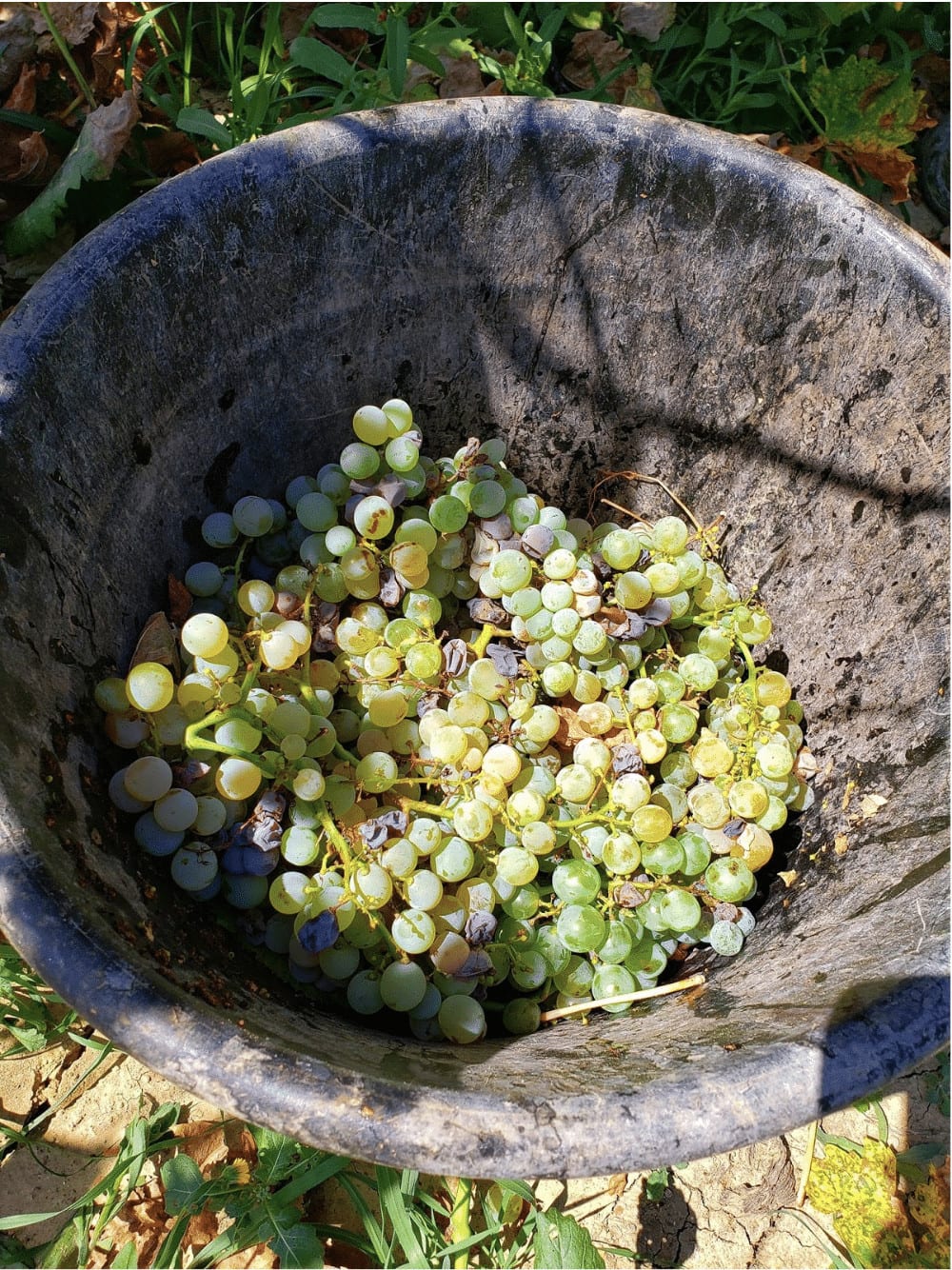
Italy cultivates more than 400 grape varieties for wine making. The majority are native and exclusive to the country and cannot be found elsewhere.
Sicily produced just over four million hectoliters of wine in 2017, or about 12% of Italy’s wine production, so vineyards cover a large percentage of the island’s fertile land.
Because of its strategic location close to Italy’s toe and the fact that it is home to Europe’s largest active volcano, Mount Etna, Sicily also enjoys rich and varied soil types which produce very interesting wines both at sea level and at higher altitudes.
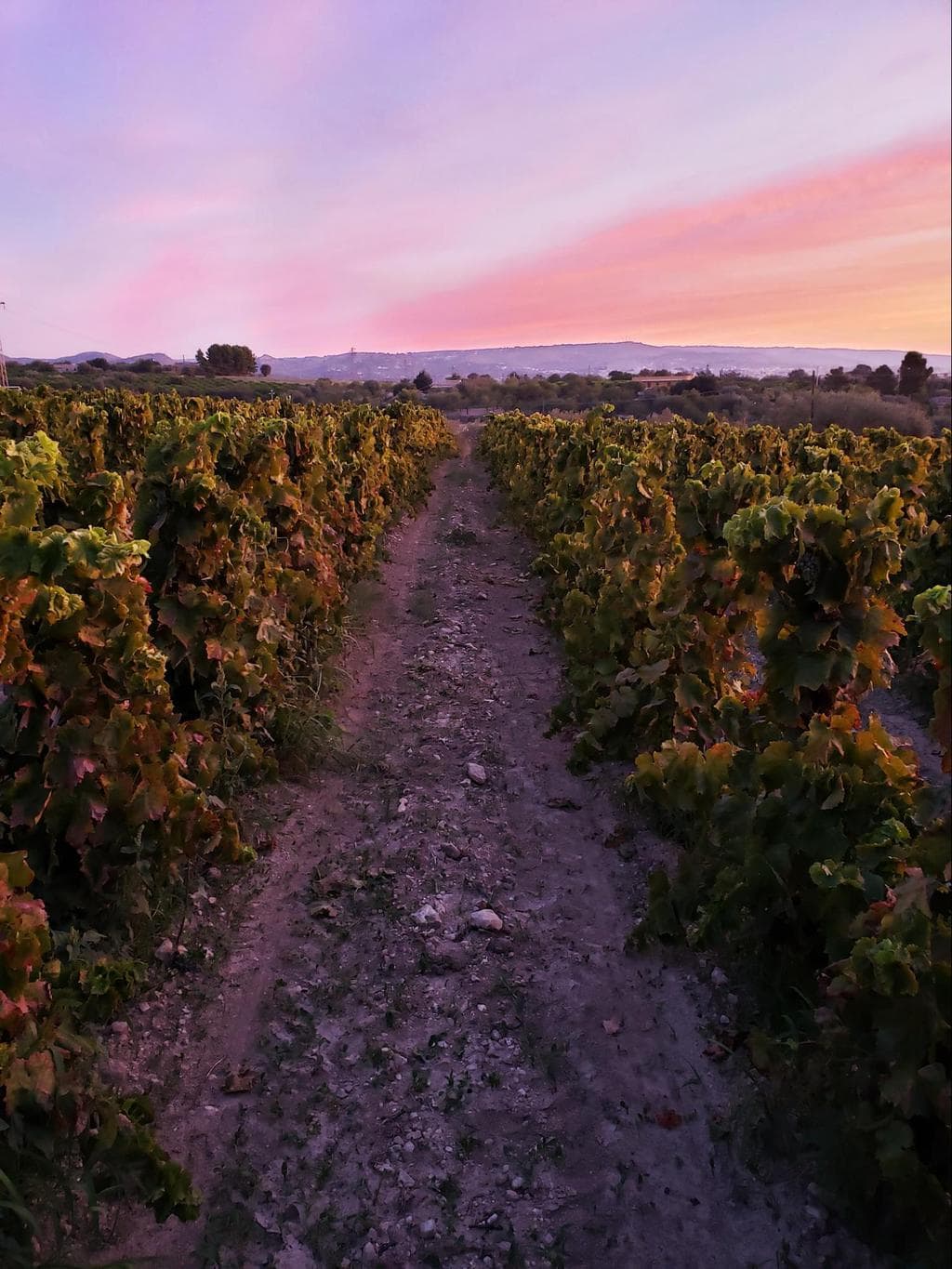
Likewise, the island’s separation from mainland and location among maritime trade routes allowed for many native grape varieties to grow and evolve independently from other regions.
The most common grapes found in Sicily are the indigenous white grapes of Grillo and Catarratto. The red grape includes Nero d’Avola also known as Calabrese. These combined represent more than 50% of the grape production on the island and are almost exclusively grown there.
Local wine growers have successfully experimented and now grow other native grape varieties such as Grecanico and Inzolia for white wines and Frappato or Perricone for red wines.
Chardonnay and Cabernet Sauvignon have been found to grow well in the soil and complement the native varieties in wine blends.
Wines of Sicily
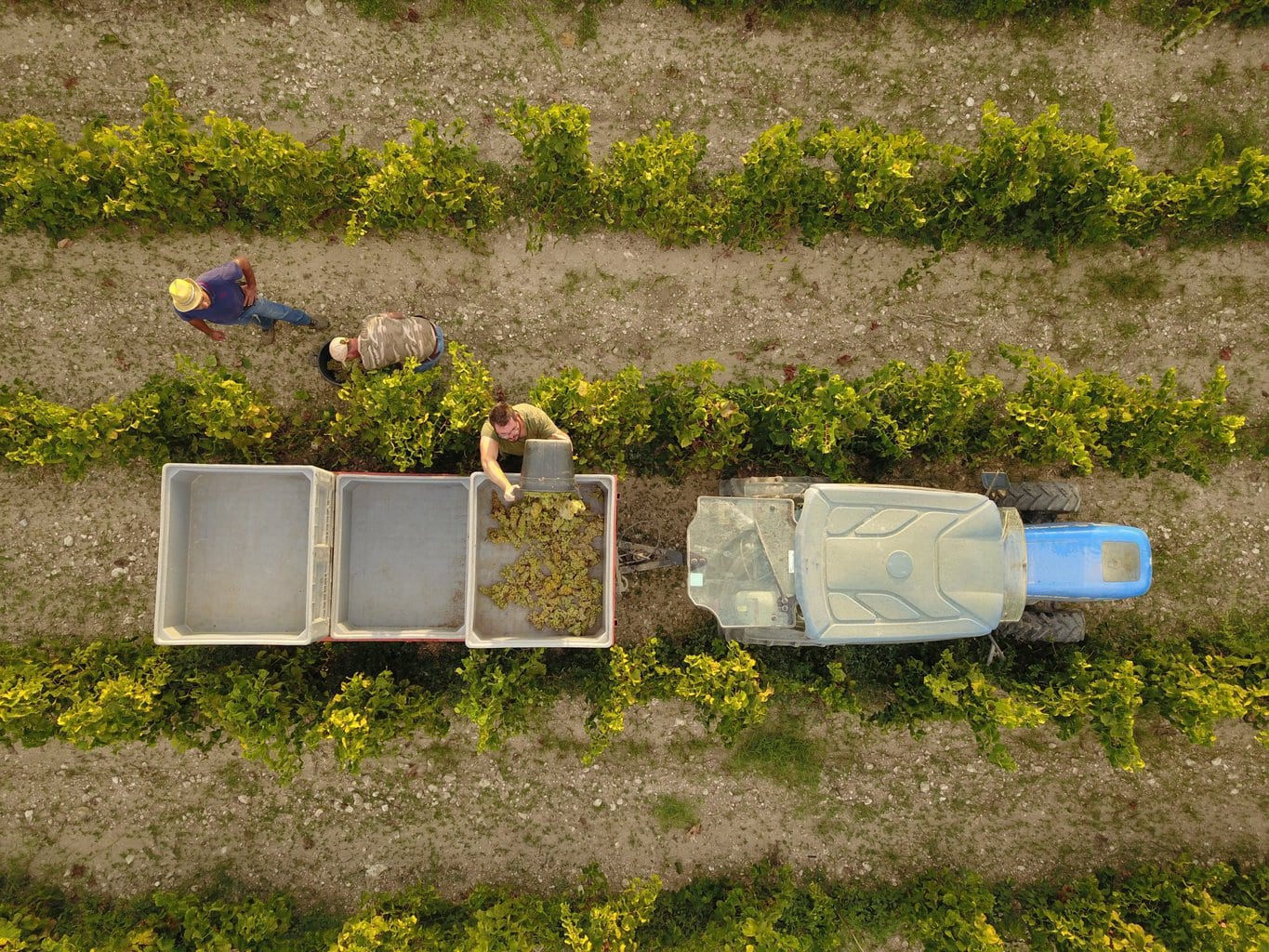
The local grapes can produce single variety wines or wine blends under one of the 31 wine appellations. Around 50% of the wine production in Sicily is under the IGT denomination, but the recently created Sicily DOC is doing much to up the quality level and promote Sicilian wines abroad.
Because of its various soils, from clay to sand and volcanic ash, and the many altitudes in which vineyards are planted, wines of Sicily can be bold, full bodied and light or fresh.
I could not talk about Sicilian wines without mentioning Passito, Italy’s dessert wine. One of the most famous passitos are made in Pantelleria, a satellite island of Sicily and Italy’s most southern point located just 70km from the African coast.
Pantelleria is better known for communal cultivation of head-trained bush vines which is celebrated during annual summer festivals and shared among 5,000 land owning locals. The practise was inscribed in the Representative List of the Intangible Cultural Heritage of Humanity of UNESCO in 2014.
Pantelleria’s wine making tradition is well-known. The island is home to the oldest sweet dessert wine from raisins made in Italy, Passito di Pantelleria, which was the third awarded Sicilian DOC in 1971.
The raisins used to produce Passito di Pantelleria come from another native grape variety of Sicily, Zibibbo, also known as Muscat of Alexandria, for the coastal Egyptian city where it is believed to have originated, and are also almost exclusively grown in Sicily. The wine is produced by drying the grapes until they turn into raisins in a long and time consuming process.
Pairing wines of Sicily with 3 local Sicilian dishes
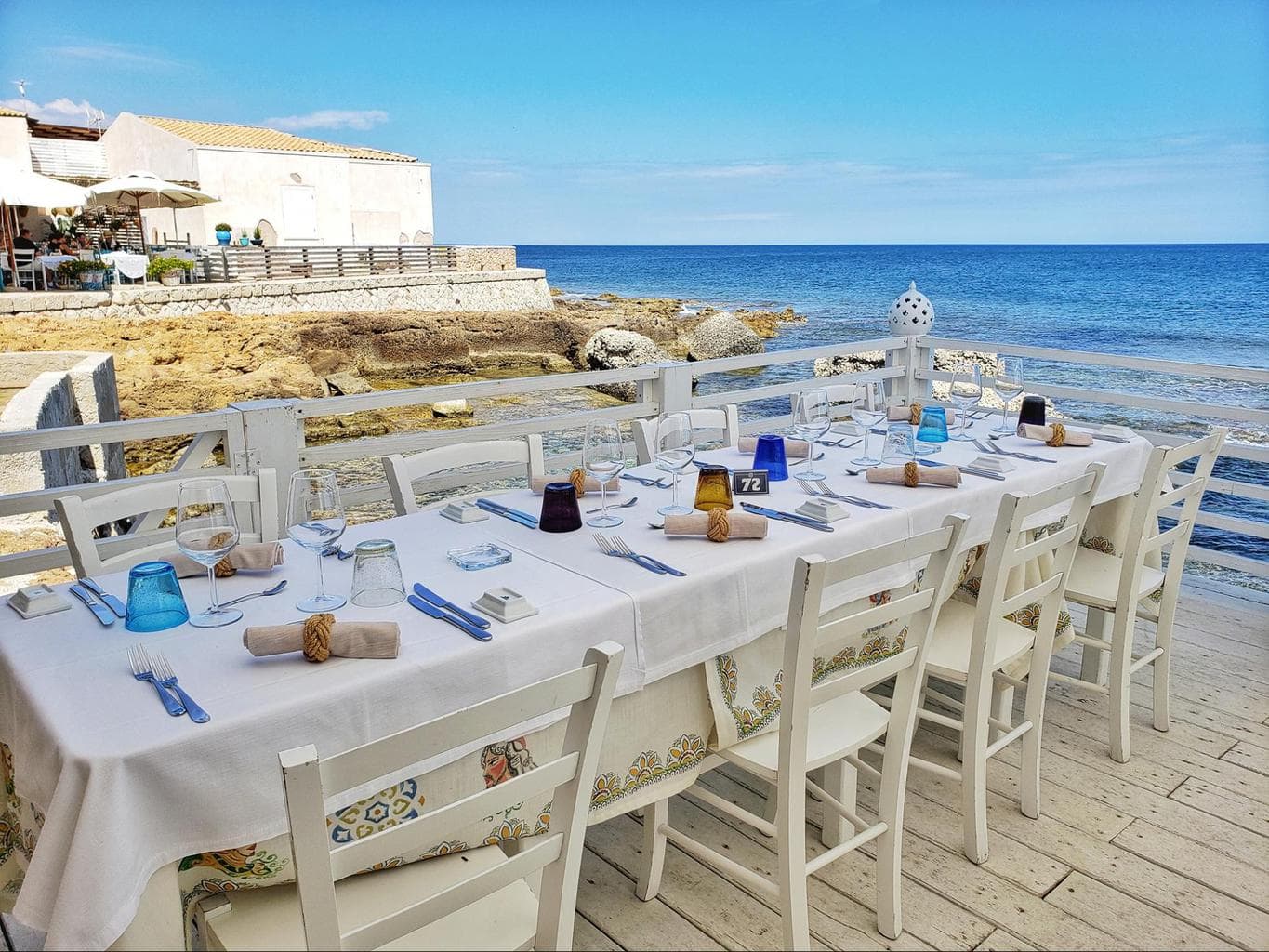
What makes Sicilian food so exciting is the many influences it has incorporated thanks to its strategic location close to Africa, the Middle East and Europe.
Italian favorites like pasta, pizza or gelato are common across the island but sprinkle a few local ingredients to bring out Sicilian flavors and expect some surprises. While you may be very familiar with some of the most typical Sicilian dishes below, others you may have never heard of.
You will see vegetables such as aubergines and tomatoes used extensively; dried fruits and nuts are also common; seafood and fish, as with any island, are fresh and locally caught. Sicilians also love desserts, which tend to be very sweet.
As with most wine regions in the world, the best pairings happen when local wines are married with local recipes. And what better way to enjoy the best known Sicilian dishes than with some locally produced wines?
It is said that Sicilian wines can pair with any Italian dish and that both Grillo and Nero d’Avola can go from antipasti to mains, but for a truly Sicilian meal, try the three well known dishes below with three great Sicilian wines.
Arancini
Rice, or risotto, is one Italy’s most famous dishes. In Sicily, risotto is replaced by rice balls called arancini. While the filling is usually meat, depending on what part of Sicily you are in, the balls could be filled with vegetables, seafood, fish or even cheese.
Because this is perhaps the best known Sicilian dish, it goes well with both Nero d’Avola and Grillo wines so the choice is all yours depending on what you feel like balancing the rich or creamy dish with. I would personally prefer a glass of Nero d’Avola but on a hot summer day’s lunch, a glass of Grillo or Catarratto would go great too.
Pasta with sardines
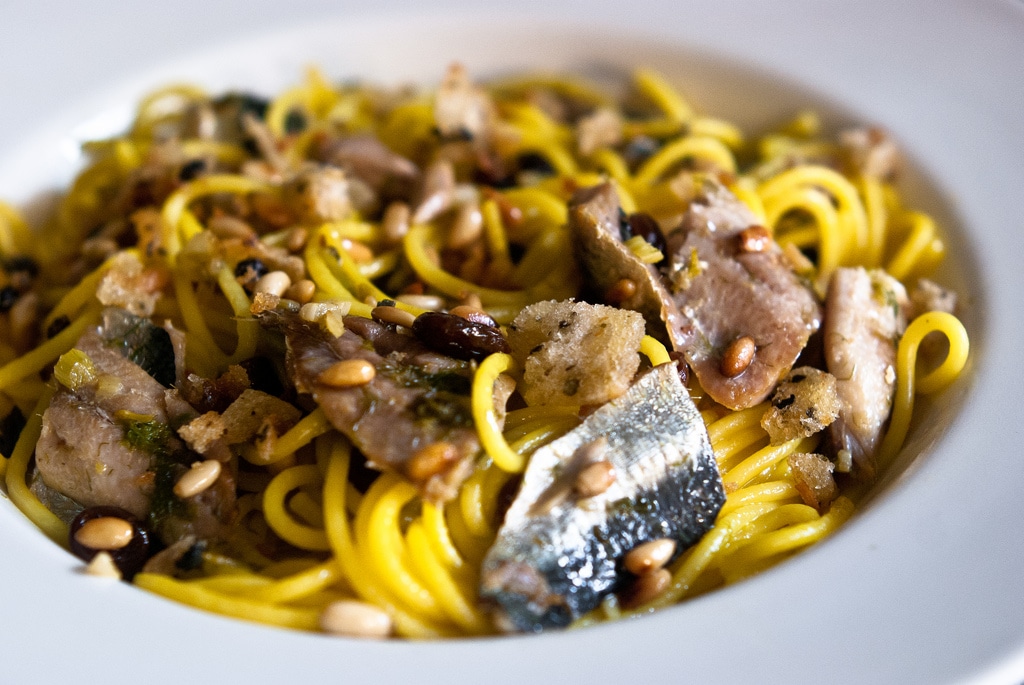
Another very traditional local dish is made with pasta and sardines, a common fish found in the area. While you can use any pasta for it, you would usually find it with spaghetti or other long-ish pasta.
What makes this dish extra unique is the use of pine nuts and raisins, another nudge to the local wine growing tradition and Arab influences. So expect some earthy flavors of the nuts and raisins together with the flaky and pungent sardines.
As an eminently Sicilian dish, it also goes well with all the local star grape varieties. Most people would traditionally pair sardines with a fresh and acidic white wine but red wines could also work well depending on how the sauce was made as the nuts, tomato and raisins lend the dish a richer and heavier base.
So your choice will depend on whether you feel like adding a bit of brightness with the light white Grillo or more body with the red Nero d’Avola.
All the other local varieties like white Inzolia, Grecanico or volcanic Carricante could pair well with the richness of the sardines or even the red Frappato could work too. Blends with Chardonnay are also a good alternative.
Cannoli
The famous Italian sweet, often mentioned in Hollywood movies and TV series, is originally from Sicily. Cannoli are fried golden and filled with fresh, creamy ricotta cheese and other indulging bits and pieces like chocolate and dried fruits. Cannoli are best enjoyed with some Passito di Pantelleria, as I am sure you had guessed.
Learn more about the wines of Italy in the Italian Trade Commission website.
- Check if you need a visa, get help processing it at iVisa.
- Never ever leave without travel insurance. Get affordable coverage from World Nomads or long term insurance from Safety Wing.
- I find all of my flights on KAYAK. Check their Deals section too.
- Search for all your transportation between destinations on the trusted travel booking platform Bookaway.
- I book all my day trips and tours via GetYourGuide, they are the best and their tours are refundable up to 24h in advance.
- Get USD35 off your first booking with Airbnb.
- Compare hotels EVERYWHERE at HotelsCombined and book with Booking.com.
- Compare car rental prices at Rentalcars.com

